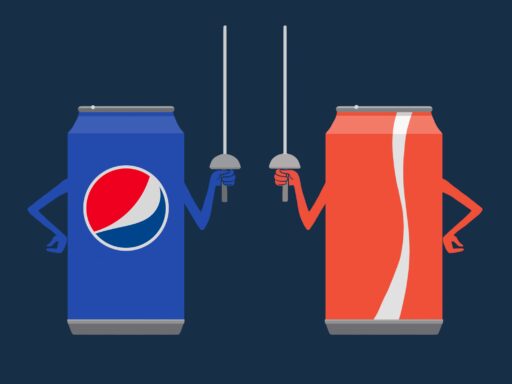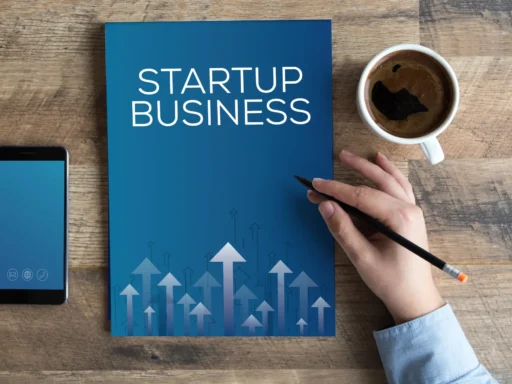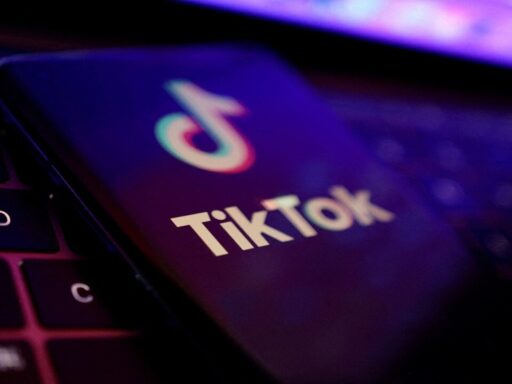Constant advancements in technology are reshaping the landscape of interaction, connection, and, most notably, how people find love. Tinder, for one, stands out after having a significant impact on the dating culture. Instead of having to find and meet people in person, Tinder and other dating apps have seemingly reinvented the dating world. And now, in the midst of rapidly growing and considerably dangerous artificial intelligence, we see companies like Tinder, whose entire business revolves around “real people” interacting with “real people,” having to adjust their entire product to make sure “fake people” don’t effectively ruin the whole thing.
A Timeline of Tinder’s Growth
Tinder’s inception in 2012 marked the beginning of a new era in online dating. Sean Rad, Justin Mateen, Jonathan Badeen, Joe Munoz, Dinesh Moorjani, and Whitney Wolfe founded the app, which quickly gained popularity for its simple swipe-based mechanism that revolutionized user interaction with potential matches. By 2014, Tinder reported approximately one billion “swipes” per day.
The following years saw Tinder introduce various features to enhance user experience and engagement, including the introduction of Tinder Plus and Tinder Gold—subscription services that offered additional functionalities like Rewind, Passport, and seeing who likes you before you swipe. Despite facing challenges, including lawsuits related to sexual harassment and data privacy concerns, Tinder continues to evolve, adapting to the needs of its users and the challenges posed by the digital dating environment.
The Challenge of AI in Online Dating
As AI technology advances, online dating platforms, including Tinder, face new challenges. The rise of sophisticated AI-driven bots and deepfake technologies has made it increasingly difficult to ensure the authenticity of user profiles. Users may think they’re talking with human beings, but those could be well-versed robot programs sending warm wishes about the large fish they’re holding up in their profile photos. These advancements in AI programs not only pose risks of deception and fraud but also undermine user trust and safety.
Tinder’s Solution: Video Verification
In response to these challenges, Tinder announced plans to expand its ID verification requirements to include video selfies. This move, aimed at combating the rise in dating-app crime and the difficulties in distinguishing real users from AI-generated profiles, is a step in the direction of enhancing user safety and authenticity. By requiring users to submit a video selfie alongside a valid driver’s license or passport, Tinder aims to significantly reduce the number of fake profiles and improve the overall user experience.
Taking a Stance: Is Video Verification a Step in the Right Direction?
The introduction of video verification by Tinder is a bold move towards addressing the complex challenges of online dating in the AI era. While the decision is not without its drawbacks, including concerns over privacy and accessibility, the intentions of enhanced security and increased trust are not unnoted. In an age where digital deception is becoming increasingly sophisticated, and staggeringly easy to accomplish, taking proactive steps to ensure the authenticity and safety of users is crucial.
Moreover, this approach that Tinder has taken illuminates two main points:
- AI’s growth has made the online dating sphere have to pivot it’s product in order to protect it’s users.
- It’s possible that Tinder has seen a spike in AI-generated users, and this is the company’s best solution to quash the threat brought on by fake users.
Conclusion
Regardless of Tinder’s decision to require driver’s licenses and video selfies, the clear takeaway is that AI content’s growth is radically affecting company infrastructure. Yes, Tinder is taking a significant step forward in the right direction to protect user integrity, but at it’s base layer, this is a result of AI’s growth and unknown potential, setting a precedent for how ever-changing technology will continue to disrupt and, potentially, upset the status quo.









